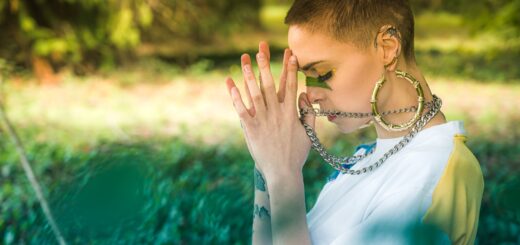Ayahuasca Ceremonies: Rituals And Practices Unveiled
The jungles of South America hold ancient secrets, spiritual gateways that have been practiced for centuries. Among these is the profound, often life-changing, experience of Ayahuasca ceremonies. This deep-dive into the world of the Ayahuasca ritual unravels what these ceremonies entail, their sacred practices, and their overall significance in a spiritual journey.
An Ayahuasca ceremony is a spiritual practice that has been used by indigenous tribes of the Amazon for centuries. At its core, the ceremony involves the use of a potent plant medicine known as Ayahuasca, a brew made from two plants – the Ayahuasca vine (Banisteriopsis caapi) and the Chacruna bush (Psychotria Viridis).
The vital role of a shaman – a spiritual guide, healer, and the ceremony’s conductor – cannot be overstated. They lead participants through the journey, offering guidance and protection as people delve into their subconscious minds to face their hidden fears, traumas, and spiritual queries. To ensure the safety and the productivity of this journey, the shaman observes specific rituals and practices during the ceremony.
One of the first practices in the ceremony is the preparation of the ceremony space. This is a critical aspect, as creating a safe, serene, and respectful environment profoundly impacts the overall experience. The ceremony typically occurs in a maloka – a traditional, round communal house found in some indigenous cultures of the Amazon river basin. The shaman begins by conducting a cleansing ritual to purify the space. This activity usually involves the use of certain aromatic herbs like Palo Santo or sage, which are believed to clear negative energy.
Another traditional practice involves the setting of an intention. Participants are encouraged to contemplate and articulate their reasons for taking part in the ceremony before ingesting the plant medicine. Whether it is personal healing, gaining more clarity about oneself, or a deeper existential exploration, the intention serves as a focus point throughout the spiritual journey.
Once the shaman administers the Ayahuasca brew, the participant embarks on the journey, which often consists of visions, revelations, and deep emotional releases. The shaman usually sings icaros – healing songs – during the process to help guide and manage these experiences.
Perhaps the hardest yet most imperative step is integration. This process involves understanding, interpreting, and applying the insights gained during the Ayahuasca ceremony to one’s everyday life. Skilled shamans and facilitators generally offer guidance during this critical stage, helping people make sense of their experiences and apply these lessons in their lives.
Participation in Ayahuasca ceremonies can be a transformative experience, often leading to profound self-understanding and spiritual growth. However, it’s essential to note that these ceremonies are not for everyone. It is a deep, intense process, and one must always approach it with due respect and caution. Directives require abstaining from certain medications, substances, and even particular foods for a period before and after the ceremony.
Ayahuasca ceremonies have been crucial to the cultures that have nurtured and preserved them. These spiritual practices serve to remind us of our connection to nature, our mental and emotional depths, and the spiritual dimension of our existence. In a fast-paced world that often forgets these elements, the lessons from these ancient ceremonies can bring valuable insights to many of us.
As more people around the world seek to understand and experience these sacred practices, let us ensure they are approached with respect, reverence, and due understanding of their profound significance. Responsible participation in Ayahuasca ceremonies can pave the way for incredible self-discovery and spiritual evolution.
Sources:
1. Ayahuasca vine (Banisteriopsis caapi) and the Chacruna bush (Psychotria Viridis)
2. Integrating the experience of Ayahuasca
3. Role of shamans in Ayahuasca ceremonies
4. Sacred practices in Ayahuasca ceremonies


